The Photographer Behind the Counter with... Graham
This entry was posted on May 10, 2020.
CameraWorld have a crack team of experts who are keen photographers themselves so we thought you may enjoy getting to know the team and their cameras! This is the second in a series of interviews allowing you guys to get to know the photographer behind the counter.
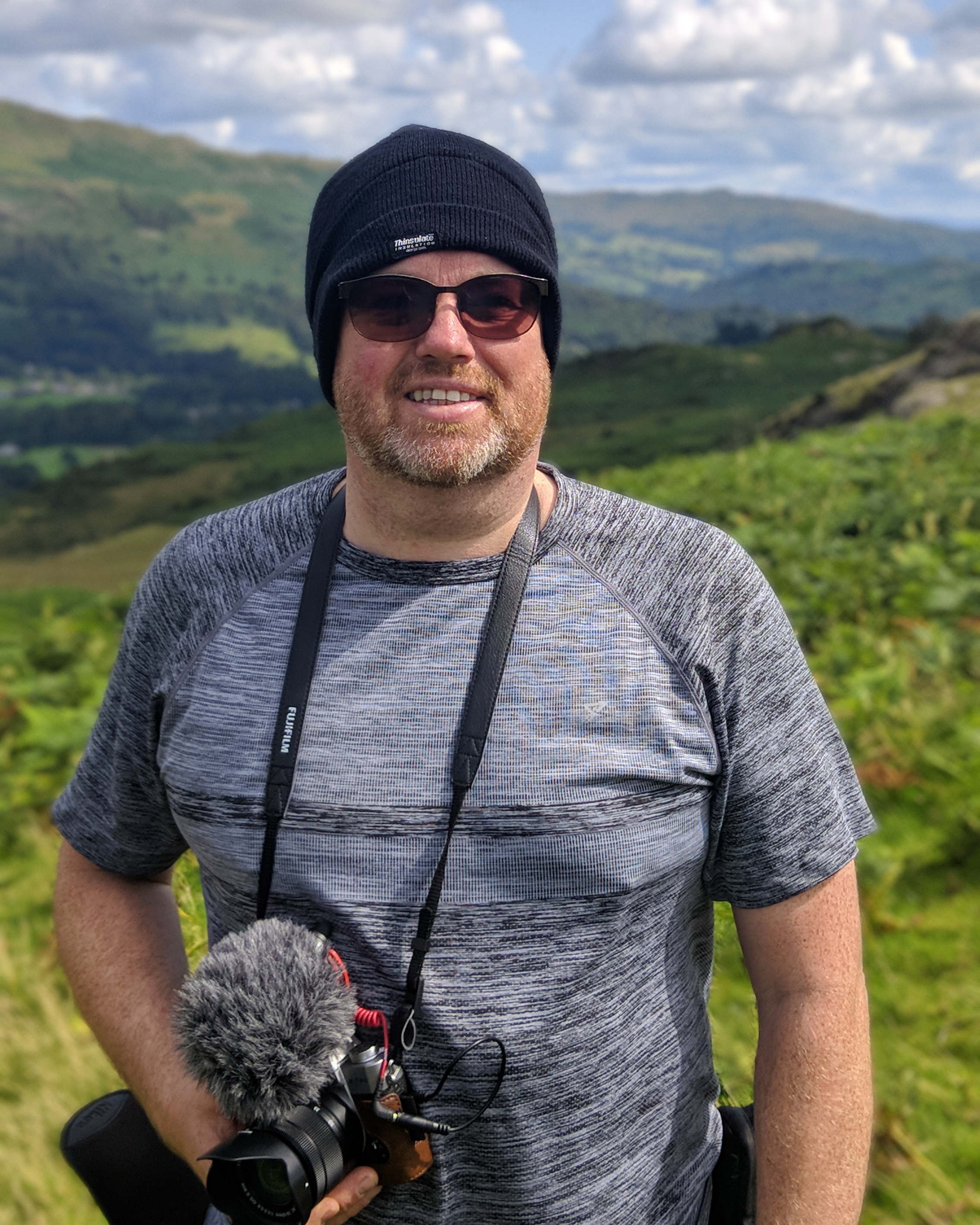
Graham Barton from our Chelmsford shop
At the age of 12 my father handed me my first proper camera, a Praktica Super TL with 50 MM 1.7 Pentacon lens. This was a perfect camera to learn on as it was fully manual with a basic built in light meter - this took me through school and into photographic college.
I then moved onto the Nikon F301 50 MM 1.8 AIS. This was a step up in technology and my first Nikon Camera. This allowed me access to the Famous Nikkor lens system and started my Journey with Nikon.
My collection has expanded somewhat since my early days and I now have a number of cameras in my arsenal.
My main passion is monochrome whether it’s applied to portraits with low key lighting, cityscapes, land or sea! I love trying to recreate a landscape from the amazing vistas I encounter on my travels as well as using slow exposure to create a moody seascape.
My Current Camera Setup
My current set up is a mix of Digital and Film I have a Nikon D80 18-70 which I have used on many projects - it is lightweight and reasonably compact good for travel photography.
When I need an absolute workhorse I turn to my Nikon D2x it will work in all weathers also in studio conditions produces lovely tones and nice images.
I enjoy Landscape photography and portraiture for which I use a Nikon D700 with a 24-70 F2.8 N DSLR. The Full frame sensor gives you superb dynamic range and low light performance which makes it an excellent choice for social events including wedding photography. Due to it's low noise at higher ISO’s, when it's partnered with the 24-70 f2.8 or 50MM 1.8 it is very suitable for live performance photography as Flash is not usually allowed.
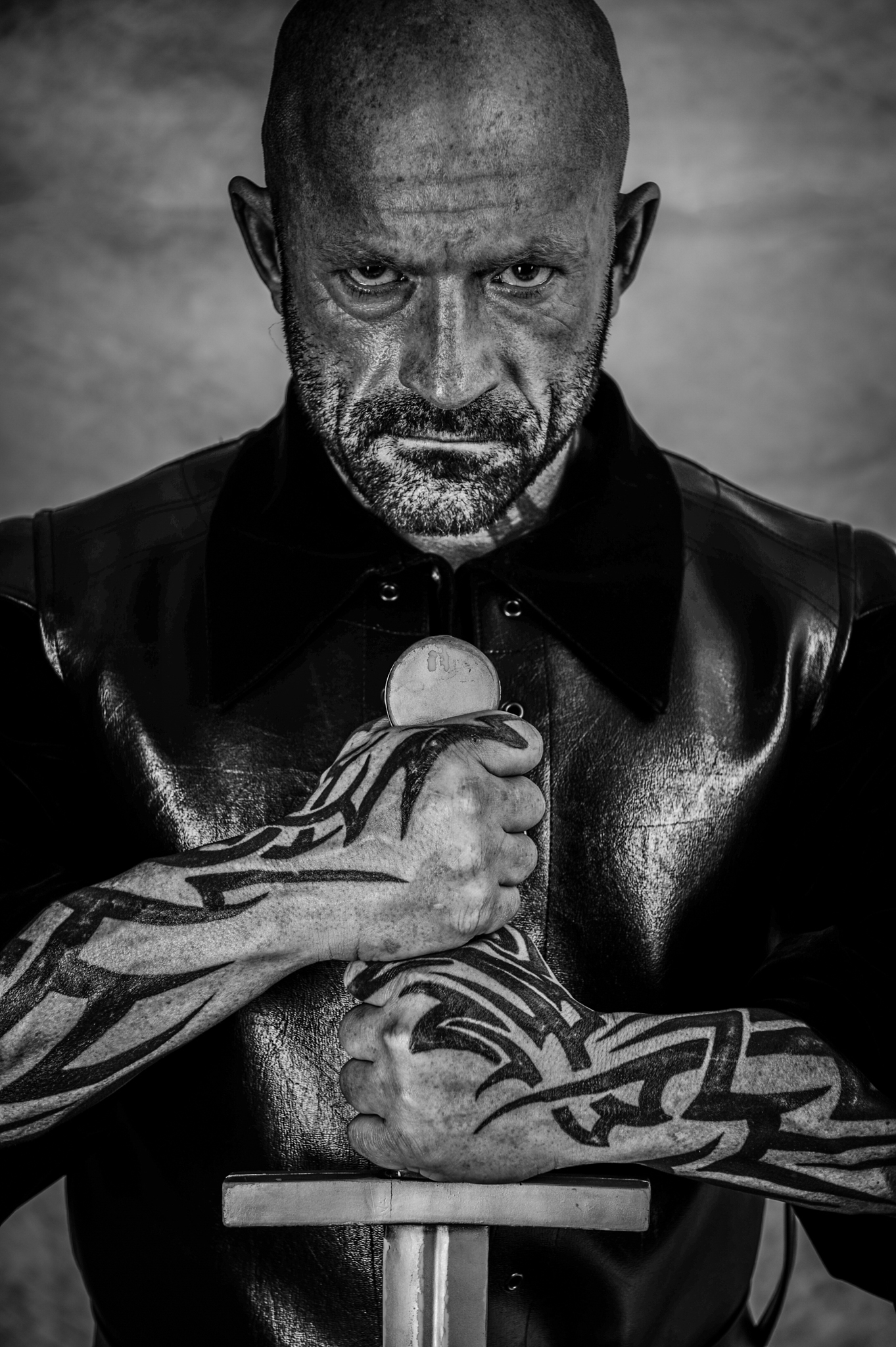
For a lightweight travel option I have Nikon P7100 Coolpix Advanced Compact Digital camera.
For Street photography and travel photography and my walk around camera I have started my journey with Fuji Film and currently use the X-T20. The JPEG’s are so good straight out of camera I like to shoot using Fuji Film simulations as very little editing is required after. I also use the 4K and Full HD Video when required.
I’m not snobbish about using my mobile phone if the light is favourable and the situation demands.
I also like to shoot analogue especially black and white, nothing-quite compares to the grain and contrast of Film. I like to use two classics of the film age the Nikon F2 Photomic black built like a tank I use it with a Nikkor 50mm 1.4 and a Nikkor 24MM F2.8 and an Olympus OM2N Chrome 50MM F1.8 perfect for street and travel photography due to its lightweight design.
The sheer joy of using a mechanical camera is what is missing from the modern digital camera. There is something about the sound of the shutter the feel of winding the film on. I also have Yashica MAT 124G
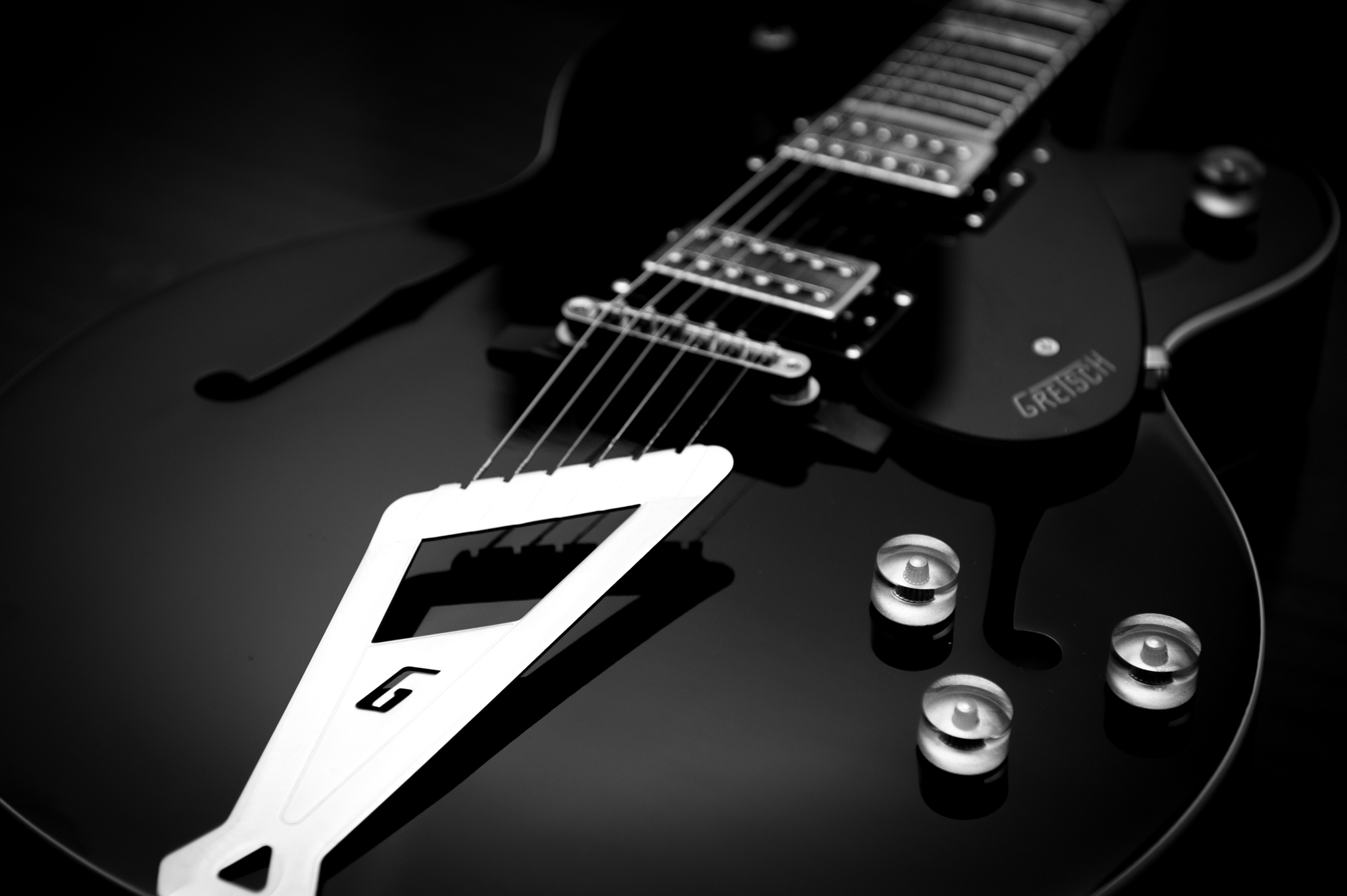
If money was no object
If money was no object I'd go for one of the, if not the best DSLR cameras ever made - the Nikon D850 - and I'd get some stunning glass to go with it.
- Nikon D850
- Zeiss 28MM 1.4 OTUS
- Sigma Art 50mm 1.4
- Zeiss Milvus 135 F2 APO Sonnar
- Nikkor 70-200 F2.8E FL
And as money is no object I'd make sure I had a medium format set-up. This would allow me to shoot portrait/ studio and landscape at the highest quality with the finest lenses.
- Hasselblad H6D-100c Medium Format Digital Camera
- Hasselblad HC 150mm f3.2 Lens
- Hasselblad HC 50-110mm f3.5-4.5 Lens
What is /what was the first lens you fell in love with.
First lens I really loved was a Carl Zeiss 50 mm 1.4 T* planar for an old Contax RTS. It gave subtle tone and excellent detail - it was great for portraits.
When Sigma introduced there Art range of lenses I found the 50MM 1.4 ART was exceptional and the Sigma 135 1.8 ART is epic too.
But currently I'm loving the ART 50MM 1.4 great colour and beautifully sharp and very low vignetting.
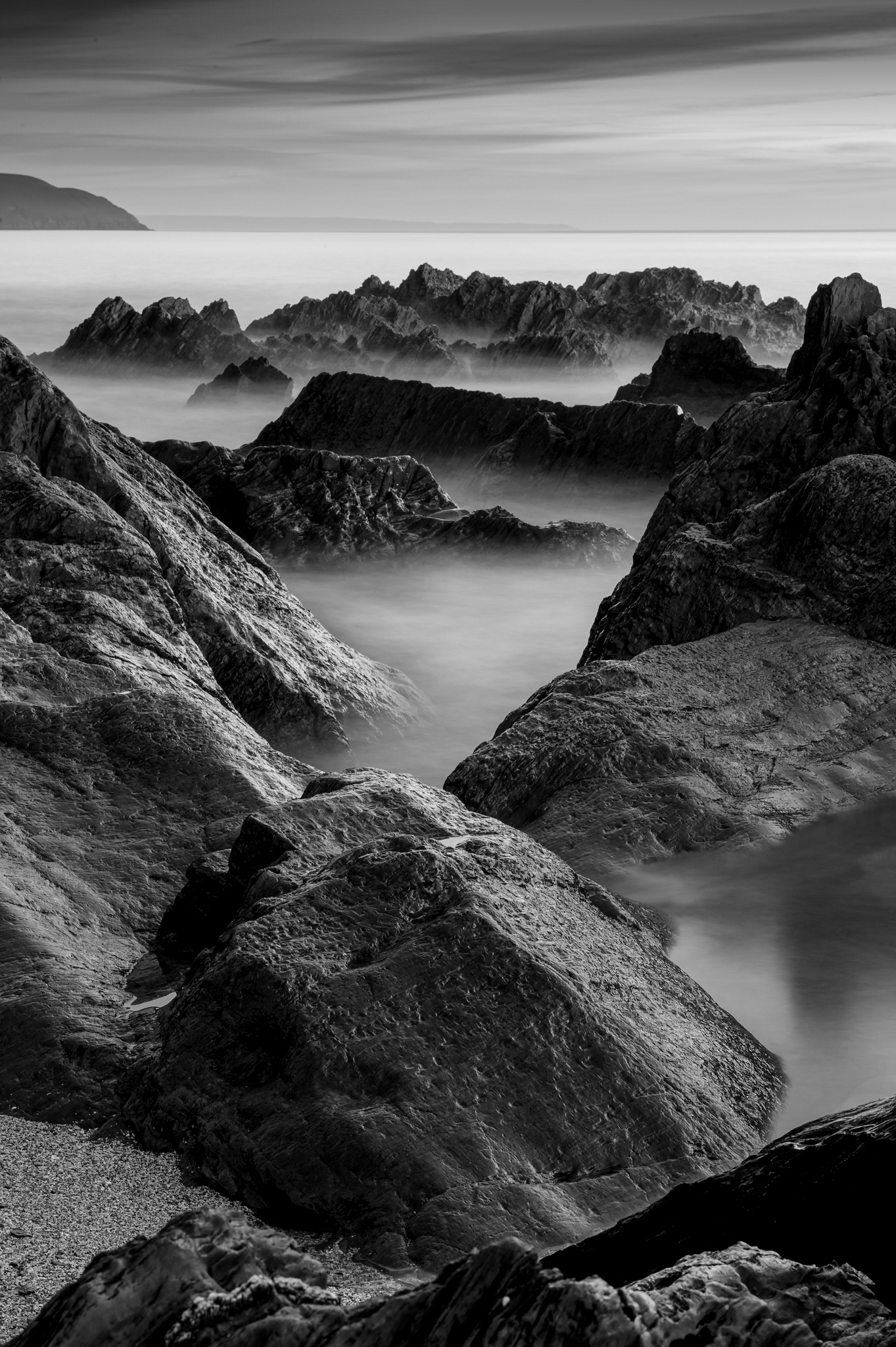
Film OR Digital:
This hard to answer, as I’m about to demonstrate
Film is where I started and how I learnt about photography. Film is very organic choosing the film you like with the characteristics you want, grain, contrast, colour, tone and sharpness. You get to know your lenses and how they partner with your film choices.
Digital allows for endless tweaking but the ability to practically focus hand held in the dark at high ISO and get acceptable noise/grain is a game changer.
I would say digital for all its benefits however if I had time, I'd shoot film and scan digitally.
What is your favourite item to demonstrate:
Hard to say but my favourite situation is when we get someone who is new and eager to learn and it's their first SLR, be it digital or even film.
So, SLR or DSLR
In your opinion ,what has been the biggest change to photography in the last 15 years?
There have been lots of changes in photography over the years... the ever growing pixel count and the ability to shoot in lower and lower light.
But I think the single biggest change has been the mobile phone, where ever you are you can take a photo or a video which means millions of photos/videos are being taken every day. It is a route into photography and usually leads new photographers to the world of DSLR or Mirrorless photography as they search for better low light performance or long lenses for nature or sport.
During the Covid 19 lockdown this is allowing families and friends to keep in touch whether video or sharing photos.
Sometimes the best camera is the one you have at the time.
One piece of advice for a budding photographer
Shoot what you love, practice, more practice and use a tripod.
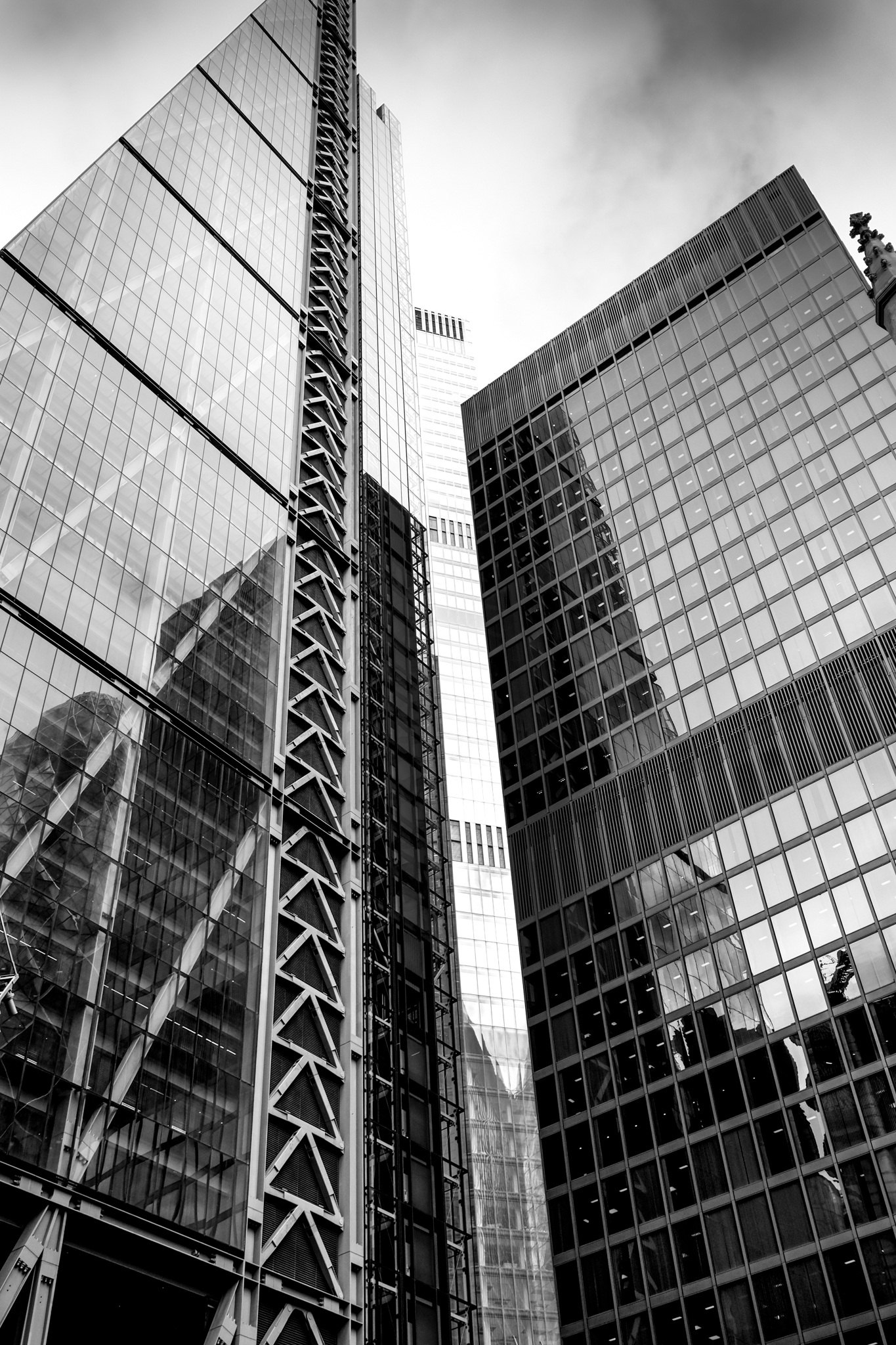






1 Comment